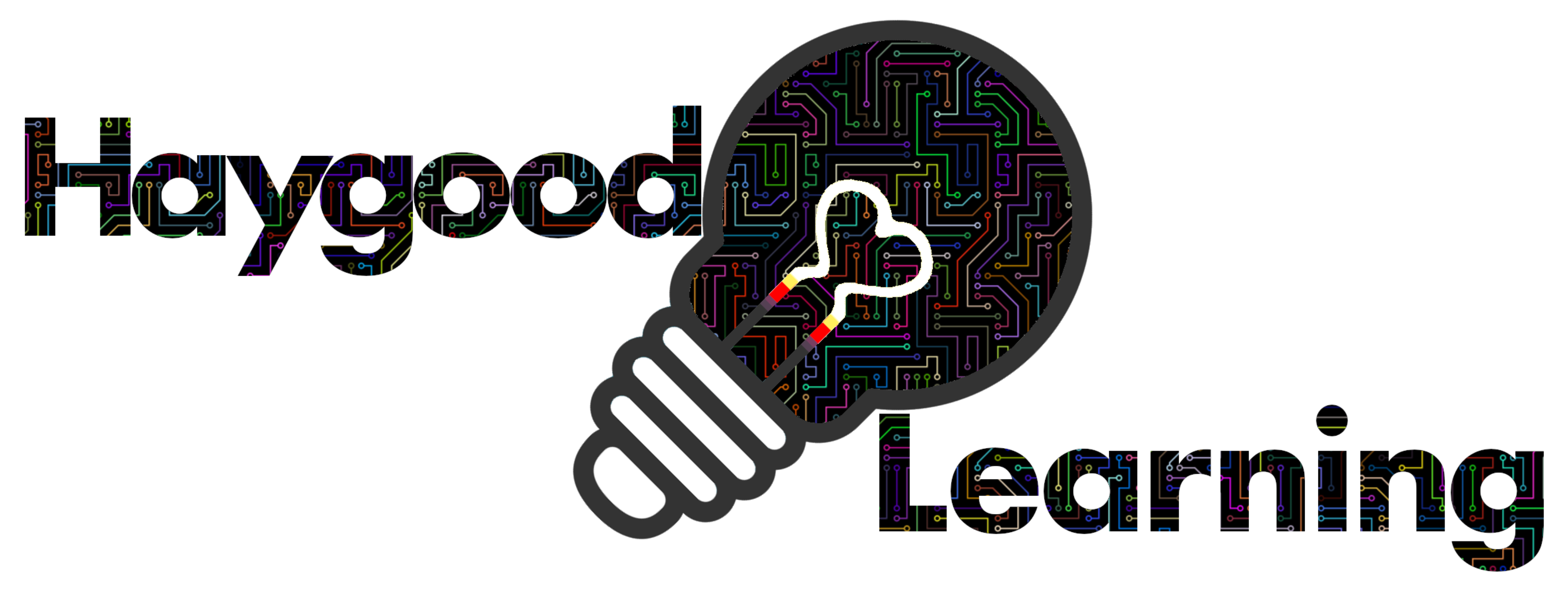
Environment
Differentiation

This involves taking the classroom ‘climate’ itself into consideration to maximize learning opportunities for all students. Accessibility, safety, security, movement, distractions, behavior, expectations, cultures, languages, routines and procedures, transitions, noise, practice, amount of time, amount of space… all of this and more are taken into account.
Are your students comfortable asking questions? Is your room built around inquiry, variety, and choice or do your students “sit-and-get” and work from the same set of activities every day?
Examples of Learning Environment Differentiation:
- Book Clubs
- Physical or Virtual Safe Spaces
- Allowing students to advocate for their needs (anonymous suggestion box)
- Vergils: Inverted RTI
- Response to Intellect
- Flexible grouping
- Cluster grouping
- Student-Self Selection
- Circle of Books
- Teacher Conference Form




Haygood Learning
Let them learn.
Copyright © 2025 Haygood Learning. All rights reserved.
